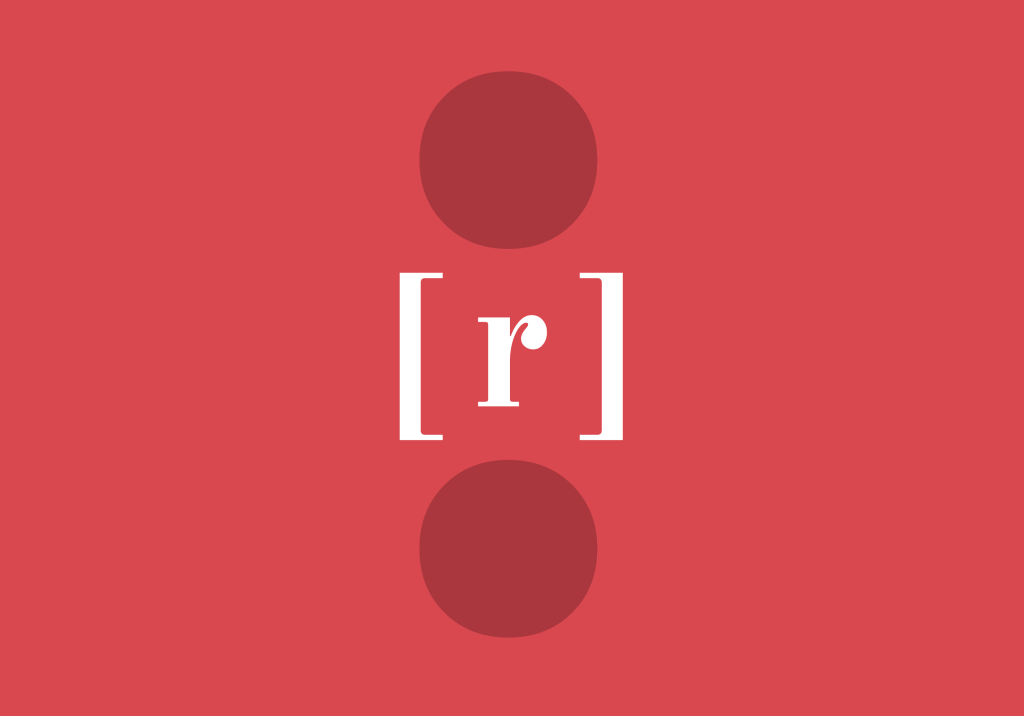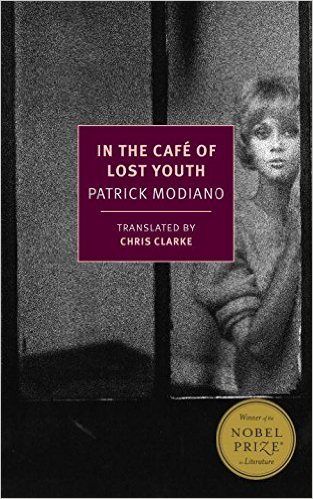“By ‘bohemians’ I mean that class of individuals for whom existence is a problem, circumstances a myth, and fortune an enigma; who have no sort of fixed abode, no place of refuge; who belong nowhere and are met everywhere . . .”
Walter Benjamin, The Arcades Project
In Lauren Elkin’s Flâneuse, she creates an imaginary definition for the flâneur’s female counterpart: ‘Feminine form of flâneur [flanne-euhr], an idler, a dawdling observer, usually found in cities’. But we recognise them as whole—that is, one firmly attached to the surroundings they travel through in mind and body. In Patrick Modiano’s In the Café of Lost Youth, we encounter what could be considered existential fláneusing (and flâneuring). The characters that walk the Paris streets seem never to have an immediately pressing destination, and are free to observe the world as if they were not part of it. But in spite of an idleness born of no fixed schedules—the story being narrated from four perspectives with tenuous links to what we would consider a ‘normal’ day—there is a searching that takes place that goes beyond what the paths they tread, rendering them ghosts of both people and the city.
A student, a private investigator, the young woman at the centre of the story, and her writer lover. Segment by segment, each tells their part in the tale, building a picture of a person, but never a complete one. The ones who have the facts can only guess at her thoughts, the ones who know her thoughts cannot know where she is going. Told in such a way, one is never sure of what elements are fiction, a bare truth, or perhaps one slightly embellished or tarnished. What unfolds on the surface is unremarkable: a café, The Condé, the appearance one day of a nameless girl, subsequently given the nickname Louki by the regulars, who proceeds to slowly be a part of their little group. Nor is there anything remarkable about her life, even as it is unfurled. But Modiano’s story is just that, cast in a haze of memories: memory creates who we are, even as the actions themselves seem distant, even detached from us. In that detachment, a person’s life can take on a kind of mysticism: the four narrators, as well as the peripheral characters (Crossbones, the husband, Guy de Vere), seem not to resemble people so much as Tarot cards, there to be interpreted in different ways.
Louki herself is multiple cards/characters: Louki of The Condé, part of a little group of literary and artistic sorts, ‘bohemians’, according to the student of no name who is the first narrator; Jacqueline Choureau, the bourgeois wife who wants to experience ‘real life’; young Jacqueline Delanque—taking the first cautious steps of, if not escape, yet, then existential restlessness; and the card that crosses them all, the snow maiden—the dreaming user of cocaine and ether. Paris itself becomes a card not unlike Death, representative of major change and the end of things, not necessarily—or at least immediately—indicative of that grand finality. And so Jacqueline/Louki is drawn to Paris, venturing out, at first in the night, while her mother works at the Moulin Rouge, simply walking, not able to go beyond certain boundaries, unsure of the next step, even though each step thus far has been just as unsure.
She and Roland, the fourth narrator, are not star-crossed lovers as much as street-crossed: he recognises Paris as one of boundaries, ‘neutral zones’ and ‘black holes’ where one can disappear, reinvent, attempt to remain safe. They speak in arrondissements, hotels, and Métro stations rather than words of love.
It is Roland who she reveals her true self to—that is, the self that has actually happened in time as we know it.
What Roland can never know is the self she wishes to be, for she does not know it herself. While there are phases of youth or dissatisfied older age that ponders what it is to be or belong before returning to the solidity of jobs or family, Louki cannot grasp the real actions that make up life: she falls into temporary work and even a marriage without ever living it—there is always the longing for something else, unknown, even though she is unable to say what it is exactly she wants, and possibly uncaring to what it actually is. It is Caisley, the investigator hired by her husband, who has the one fragment that explains her entire existence, words spoken to Jean-Pierre Choureau before she leaves him: ‘[t]his wasn’t supposed to be what it was like, she said, real life’. Jacqueline/Louki walks, moves around Paris searching for it, beginning one life, ending another, in her observances looking for the meanings that might enable her to finally feel like she is living: sneaking out to the Cinéma Mexico and being picked up for juvenile vagrancy, reading Guy de Vere’s spiritualist pamphlets, spending lost afternoons with Jeannette Gaul and her ‘snow’. Caisley, the second narrator, seeing the cards of her past and present laid out before him, understands the futility of his reading—her reading—and wisely lets her be, hoping that she will find freedom.
That her escapes seem broken down into the mundane when coldly observed—attempts at running away, drugs, faux-spiritualism, marriage—make Modiano’s story all the more beautiful, and leaves one with the desperate wish to be able to rewind her paths, set her upon new ones. Louki exists in either true shadow, ‘[t]here were two entrances to the café but she always opted for the narrower one hidden in the shadows’, or false light. One wishes for her to have a better grasp of her instincts, rather than follow the shining, ethereal paths that eventually seduce her: the snow that makes her feel fresh and invincible, books with titles such as Journey into Infinity, Louise, Sister of the Void (the cover title of which she crosses out and replaces with her own name). We understand, with despair, that these things are not just what she is drawn to, but what she is—symbols that represent a longing to become part of a great romantic unknown, finally finding belonging within it. The reader knows that the card of Paris, of its streets and people, endings and reinventions of self can only lead to one of Roland’s black holes, one of safety but also of nonexistence. She is walking in the hope of, as the bookseller says to her, ‘a lovely journey’ and to find her happiness. But she is, in the end, a tragic existential fláneuse, destined to walk into the black hole where all answers lie.
Patrick Modiano was born in the Boulogne-Billancourt suburb of Paris near the end of the Nazi occupation of France. He studied at the Lycée Henri-IV and the Sorbonne. As a teenager he took geometry lessons with the writer Raymond Queneau, who would play a key role in his development. He has written more than thirty works of fiction, including novels, children’s books, and the screenplay for Louis Malle’s film Lacombe, Lucien. In 2014, Modiano won the Nobel Prize in Literature.
Chris Clarke was born and raised in British Columbia, Canada, and lives and works in and around New York City. His published translations include work by Oulipo members Raymond Queneau and Olivier Salon. He currently teaches French and is translating a novel by Pierre Mac Orlan, which will be published in 2016.
Tomoé Hill is reviews editor at minor literature[s]. Her essays, non-fiction, and reviews are also in Numéro Cinq, Berfrois, 3:AM Magazine, The City Story, and New Orleans Review.
In the Café of Lost Youth is published by NYRB Classics. Author and translators bios courtesy of the same.


